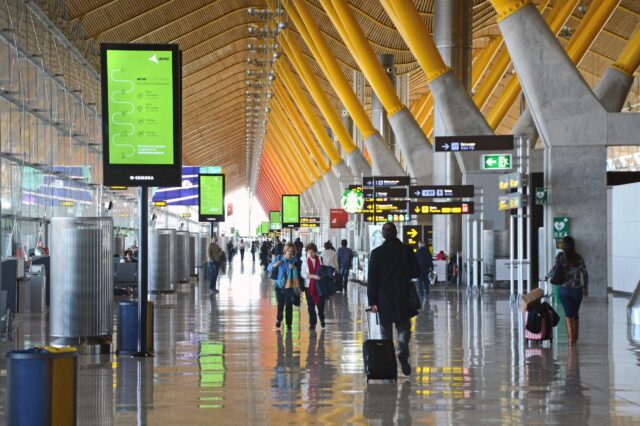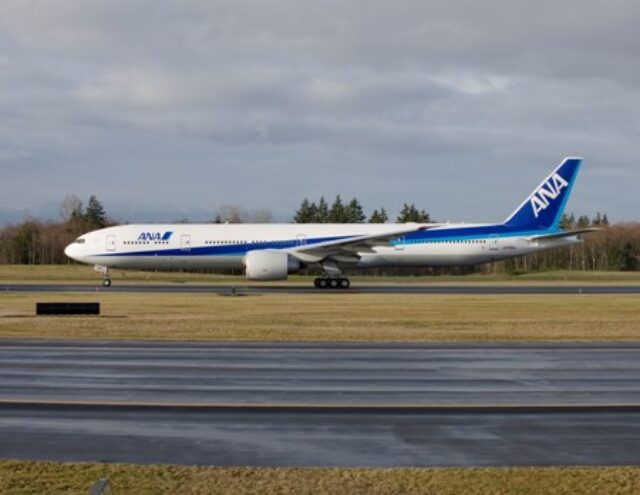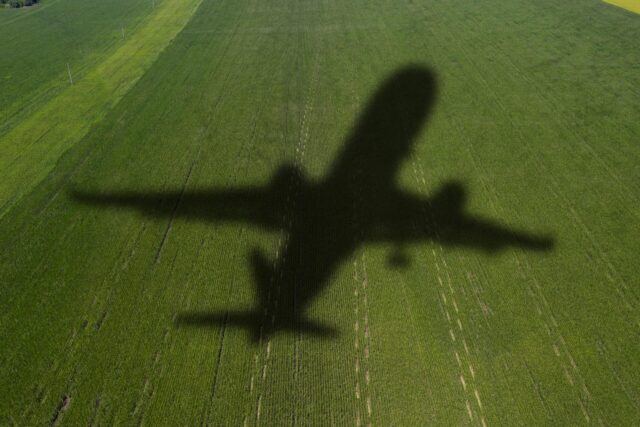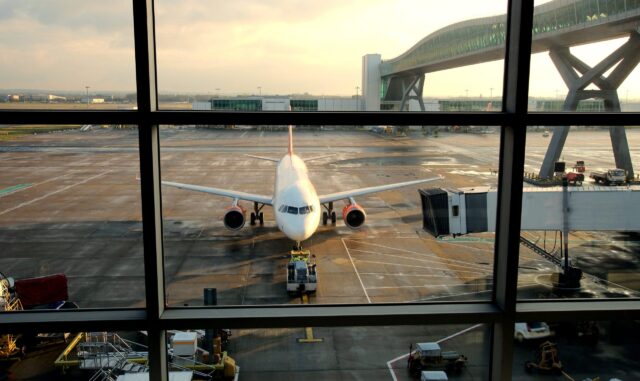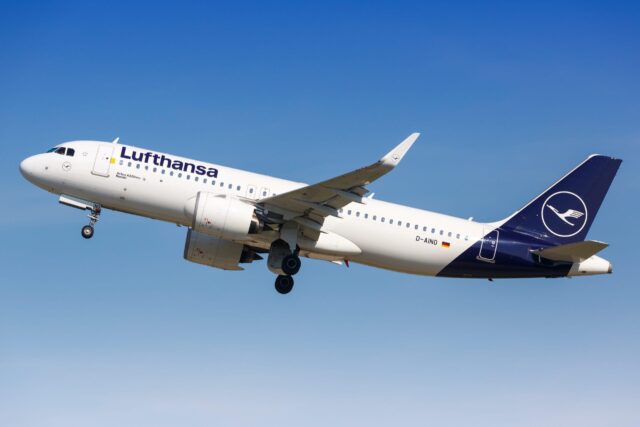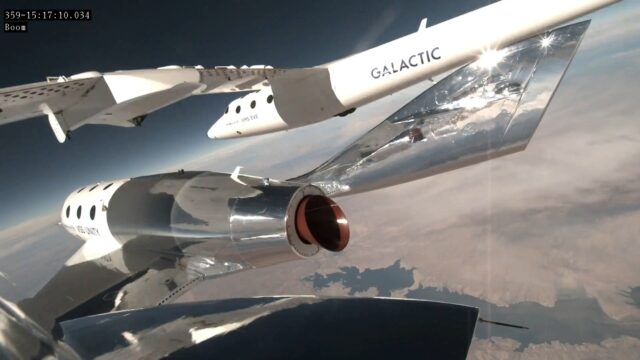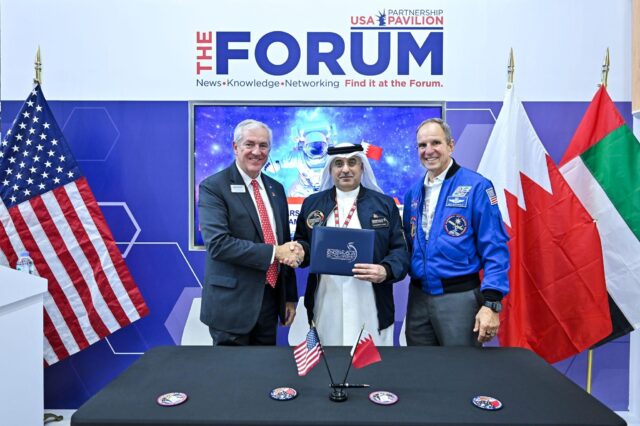First F-35B landing on Japanese ‘carrier’
October 22, 2024

A US-owned F-35 Lightning II aircraft (‘BF-19’) landed aboard Japan’s Izumo-class multi-functional destroyer JS Kaga (DDH-184) for the first time on 20 October, to begin approximately three weeks of developmental test aboard Japan’s largest ship. The tests will be conducted with US Navy and USMC support to support the collection of necessary data for F-35B operations on the Izumo-class destroyer.
Lt Cdr Nicholas Baker RN, a test pilot assigned to VX-23 (Air Test and Evaluation Squadron Two Three) at Naval Air Station Patuxent River (NAS Pax River), Maryland, flew the specially instrumented F-35B, touching down at about 15:15 pm, off the southern coast of California. A test team from the F-35 Pax River Integrated Test Force (Pax ITF) had previously embarked on the ship in San Diego, including flight test engineers, flight test control engineers, aircraft maintainers, flight deck personnel, and logisticians. Seth Dion, Pax ITF team lead said that: “We are proud to be part of this joint effort to test the compatibility of F-35B aboard JS Kaga. Our team has prepared meticulously for this mission, and we are committed to working closely with our allies to achieve our shared goals and strengthen our partnership.”
The Kaga set out from San Diego on 19 October. The JS Kaga had sailed out from its homeport at Kure Naval Base in Hiroshima Prefecture in early September and reached San Diego naval base under foggy conditions on 5 October.
JS Kaga was built as a helicopter carrier for the Japan Maritime Self-Defence Force (JMSDF), and is the second ship in the Izumo class. She was later converted to become a light aircraft carrier, though she remains officially classed as a multi-purpose operation destroyer, due to political sensitivities – since Article 9 of the Japanese constitution prohibits offensive weapons, including aircraft carriers.
Kaga and her sister ship Izumo were the first aircraft carriers built by Japan since the end of World War II, and were procured as part of a wider Japanese military buildup, which was triggered by heightened Sino-Japanese tensions over the contested ownership of the Senkaku Islands.
Modifications to allow F-35B operations include a new bow planform, which is now rectangular rather than tapering, while the flight deck has been painted with heat-resistant material that tolerates the blast and heat produced by the F-35B’s vectored-thrust engine, and lights have been installed for night operations. Internal compartments and infrastructure have been reconfigured to support F-35B operations, including storage for the F-35B’s weapons.
The Japan Air Self-Defense Force (JASDF) is planning to acquire a total of 42 F-35B variants, some 18 of them by FY2023, with six more following in FY2024 and two in FY2025. This first batch of aircraft will equip a single squadron with a complement of about 20 aircraft, based at Nyutabaru Air Base in Miyazaki Prefecture, Kyushu. The base is located conveniently close to Japan’s Southwest Islands, including Okinawa, and the Kaga’s home port at Kure.
The JMSDF has already started to study F-35B operations by those other navies who already operate the type. Japanese military officials visited the Royal Navy carrier HMS Prince of Wales in 2023 to observe F-35B STOVL operations, and more recently visited the Italian Navy carrier ITS Cavour when it visited Yokosuka Naval Base during an Indo-Pacific campaign which led to the Italian F-35B fleet gaining Initial Operational Capability.
Japan Maritime Self-Defense Force Capt. Shusaku Takeuchi, commanding officer of the JS Kaga noted that: “This test is essential for strengthening Japan’s defense capabilities and is of utmost importance. We will do our best to achieve good test results together with the ITF. This test does not merely enhance the capabilities of the Maritime Self-Defense Force. It also improves the interoperability between Japan and the US, strengthening the deterrence and response capabilities of the Japan-US alliance, thereby contributing to peace and stability in the Indo-Pacific region.”





